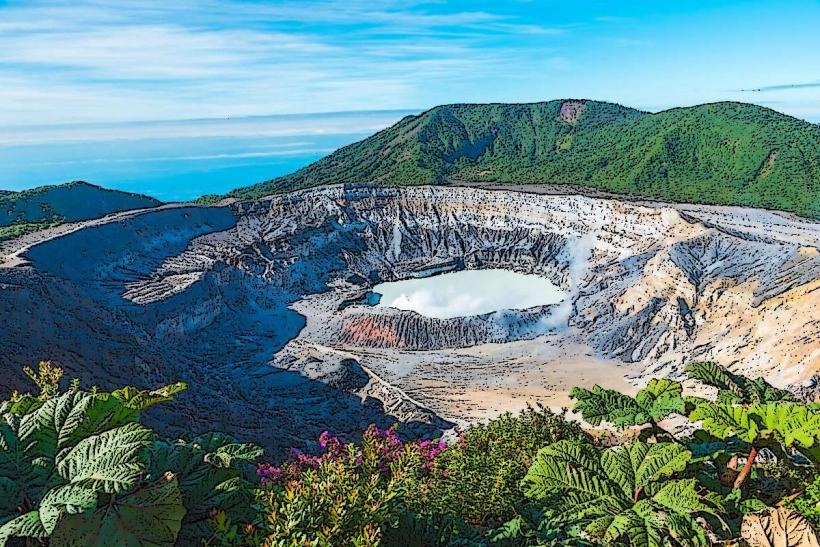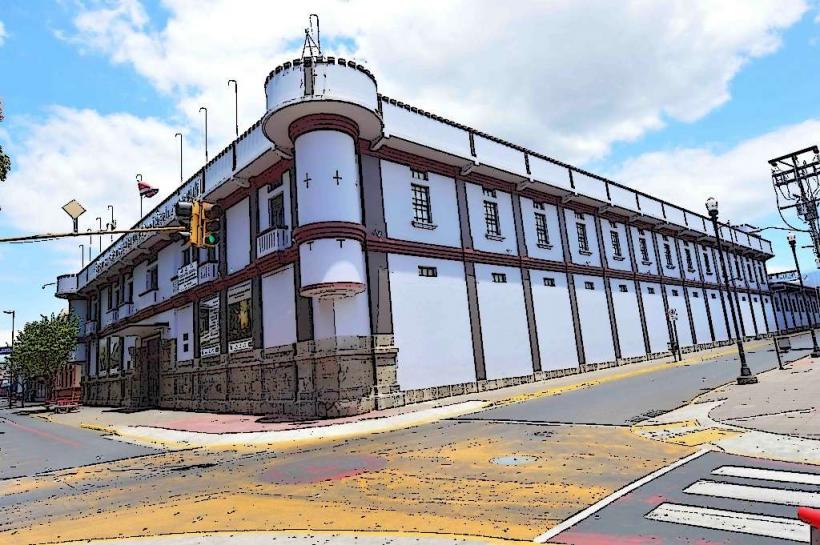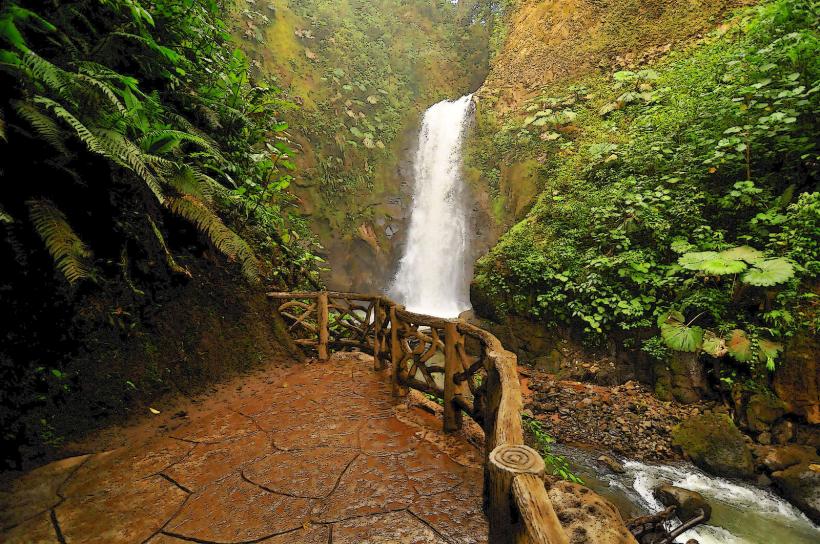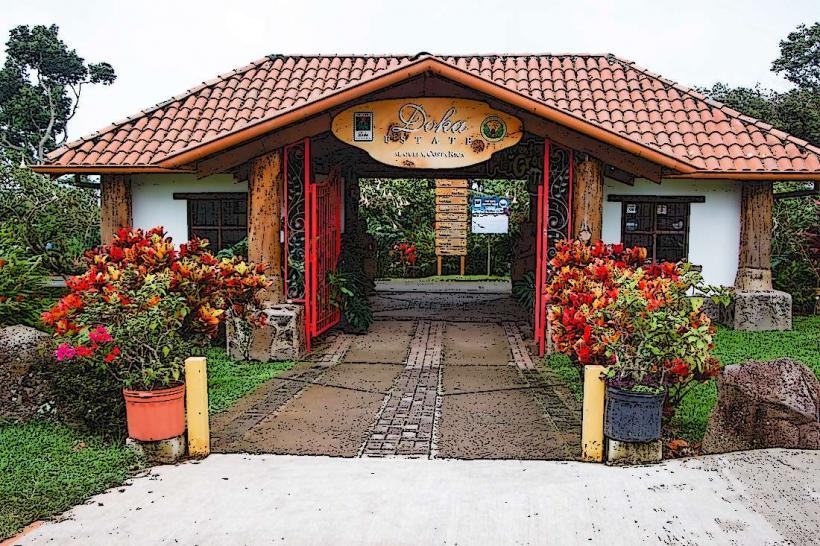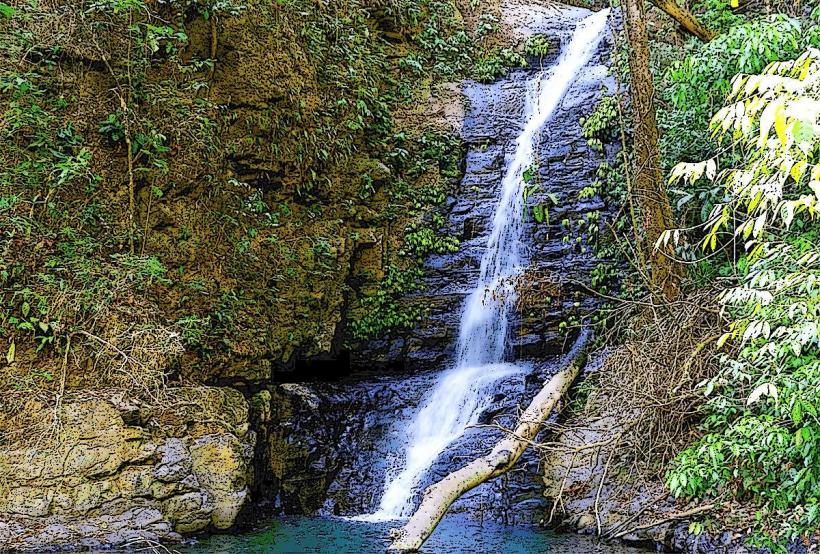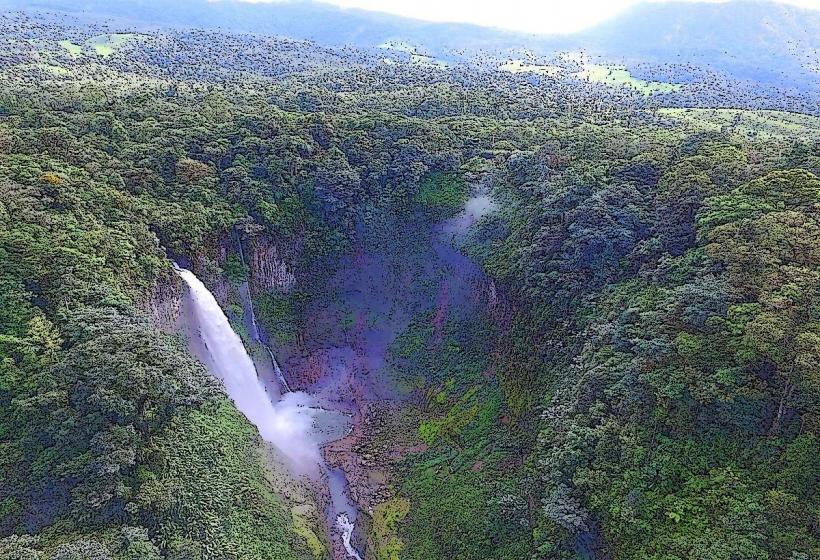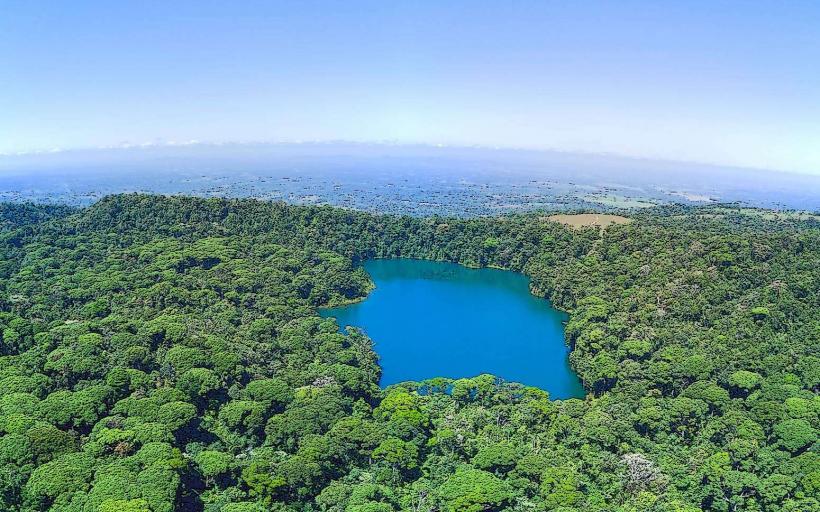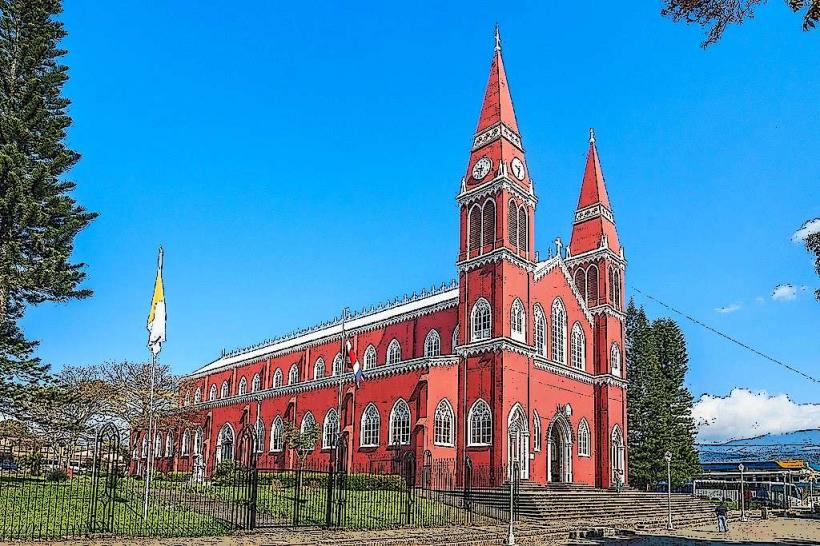Information
Landmark: Zoo AveCity: Alajuela
Country: Costa Rica
Continent: North America
Zoo Ave, Alajuela, Costa Rica, North America
Overview
Zoo Ave-also called Ave del Paraíso, or the Bird of Paradise Zoo-sits in La Garita, Alajuela Province, Costa Rica, where it rescues injured wildlife and offers them a protected, leafy sanctuary, at the same time it’s well known for rescuing injured wildlife, nursing them back to health, and protecting native species-especially birds, from tiny wrens to soaring eagles.The zoo’s main mission is to shelter injured, orphaned, or illegally trafficked animals, giving them care until they’re strong enough to return to the wild-like a hawk once found with a torn wing, now soaring free again, meanwhile zoo Ave also doubles as a lively classroom, teaching visitors why Costa Rica’s rich mix of scarlet macaws, orchids, and other wildlife needs protecting.Zoo Ave, also known as Ave del Paraíso, sits in La Garita, Alajuela Province-about a half-hour’s drive from San José-where since 1994 it’s operated as a wildlife rescue, rehabilitation center, and sanctuary across 7.5 hectares of tropical forest and open-air enclosures, working to save and heal injured animals, teach visitors about conservation, and protect the wild places native species call home, therefore zoo Ave is best known for its vibrant flocks of Costa Rican and Central American birds, from scarlet macaws to tiny hummingbirds.Home to more than 150 bird species, many rare or at risk, the sanctuary offers glimpses of macaws, toucanets, parrots, hummingbirds, and the shimmering Resplendent Quetzal, not only that you might catch the flash of scarlet wings as staff work to rehabilitate one of Costa Rica’s most iconic and endangered birds-the scarlet macaw.The center works hard to boost the species’ numbers, releasing luminous, screeching macaws back into the forest after rehabilitation, therefore it also rescues animals caught in the grip of illegal trafficking, poaching, and the steady loss of their habitat.At Zoo Ave, you’ll find everything from curious monkeys and unhurried-moving sloths to reptiles, mammals, and amphibians, many of which stay for life when injuries or other challenges make returning to the wild impossible; others pass through the sanctuary’s rehabilitation center, where staff treat wounds, nurse illnesses, and-when the animals are strong enough-send them back to forests, rivers, and skies they understand by heart, furthermore visitors, especially school groups and children, can join engaging tours that share rescue stories, explain the rehab process, and show how each species fits into its ecosystem, all while learning why conservation matters and how threats like illegal wildlife trade and deforestation put species at risk.The enclosures, shaded by trees and alive with the sound of running water, are built to feel as close to the animals’ natural homes as possible, also you can wander the sanctuary’s shaded trails, listening to leaves rustle overhead while spotting monkeys like the white‑faced capuchin, measured‑moving sloths, curious coatis, and shy armadillos; you’ll also come across iguanas basking on sun‑warmed rocks, dazzling frogs, and a few petite amphibians.At Zoo Ave, guided tours lead visitors deeper into the lives of the animals and the sanctuary’s conservation work, what’s more along the way, guides point out a toucan’s sharp, clacking beak, explain each species’ role in the ecosystem, and describe the struggles they face in the wild.You can take these tours in either Spanish or English, and the sanctuary’s perfect for birdwatchers-listen closely and you might hear the sharp cry of a hawk overhead, moreover the lush tropical setting, alive with color and birdsong, draws nature lovers in, maybe From what I can see, You might glimpse a flash of a toucan’s beak, a scarlet macaw’s wings, or the sleek form of a white-tailed trogon, therefore the zoo’s also a dream for photographers, offering close-up shots of birds, playful monkeys, and sluggish-moving sloths.Interestingly, sparkling feathers flash against the deep green canopy, making it a perfect spot for photographers, what’s more at Zoo Ave, you can also join workshops on wildlife conservation, environmental protection, and sustainable living-great for school groups, families, or anyone curious about Costa Rica’s remarkable wildlife and the challenges it faces.Zoo Ave opens daily at 8 a.m, therefore and closes at 4 p.m, just as the afternoon light begins to fade.Check the zoo’s official website for the latest hours-holiday schedules and special events can change things, while admission isn’t free, but kids, students, and Costa Rican residents get a discount at the gate.International visitors pay a set entrance fee, which goes directly toward the sanctuary’s rehabilitation and conservation work, at the same time the zoo’s fully wheelchair-accessible paths-smooth, wide, and shaded in spots-make it easy for guests with mobility challenges to explore.Some parts of the zoo have uneven ground, so if you need certain accessibility features, it’s best to check ahead, along with nearby, you can take a short drive to Poás Volcano National Park, where steam rises from the crater and trails wind through misty slopes; visit La Paz Waterfall Gardens to perceive cascading falls, exotic wildlife, and lush forest paths; or join one of the region’s many coffee tours to stroll among fragrant plantations and learn how Costa Rican coffee is made, moderately When you go, wear comfortable shoes for the tropical trails, bring sunscreen, a hat, and plenty of water, consider a guided tour to get the full story behind the animals and conservation work, and, if you can, support the sanctuary by donating or picking up a souvenir, in conjunction with zoo Ave makes for an inspiring, hands-on examine at wildlife rescue and conservation.Focused on rescuing and rehabilitating Costa Rica’s native species, the sanctuary gives visitors a clear peek at the struggles local wildlife face-like a scarlet macaw learning to fly again after injury, likewise whether you’re into birdwatching, drawn to lush green trails, or just curious about Costa Rica’s incredible wildlife, Zoo Ave is an excellent site to start.
Author: Tourist Landmarks
Date: 2025-09-11

